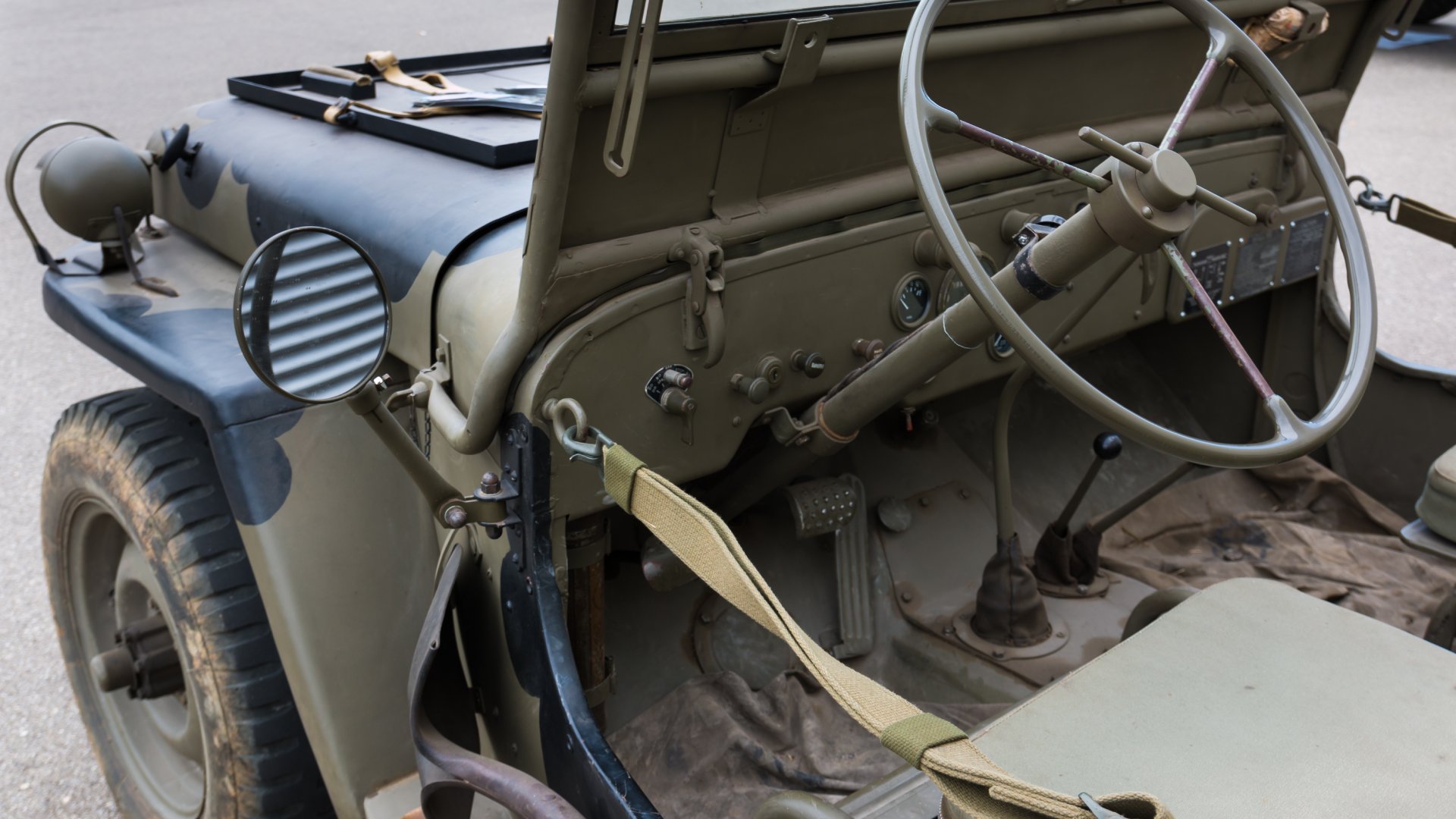Restoring the Electrical Systems in WWII Jeeps

Restoring the electrical systems in WWII Jeeps demands precision, patience, and authentic components. These wartime workhorses relied on sturdy 6-volt systems that powered everything from headlights to essential blackout equipment. Aging components and deteriorated wiring present unique challenges that require specialized knowledge and careful attention to original specifications.
Understanding the WWII Jeep Electrical System
Restoring a World War II Jeep starts with understanding the unique design and function of its original electrical system. Built for rugged terrain and combat conditions, these systems emphasized reliability and ease of maintenance over complexity.
6-Volt System Overview
WWII jeeps operated on 6-volt electrical systems designed for simplicity and battlefield reliability.
Engineers prioritized durability over convenience, creating systems that could withstand harsh conditions while maintaining essential functions. These systems delivered adequate power for basic lighting, ignition, and communication equipment without the complexity of modern 12-volt configurations.
Key Electrical Components
The original wiring harness forms the nervous system of your vintage Jeep. Voltage regulators-controlled generator output, while generators provided charging power through mechanical brush systems. Starter motors cranked engines with strong torque, and specialized blackout lighting systems allowed covert nighttime operations. Each component worked together to create a reliable electrical network.
Common Issues Found in Vintage Jeep Electricals
Before a restoration begins, it’s important to identify the most frequent electrical problems that affect WWII Jeeps. Age, exposure, and wear take their toll on even the most rugged components.
Deteriorated Wiring and Connections
Rubber insulation crumbles after decades of exposure to heat, moisture, and vibration. Corrosion attacks terminals and connections, creating resistance that hampers electrical flow. Grounding problems develop when chassis connections deteriorate, causing erratic system behavior and component failures.
Component Wear and Tear
Generator brushes wear down from constant contact with commutators. Light sockets crack and corrode, creating poor connections that dim bulbs and cause intermittent operation. Ignition coils fail when internal windings break down, leaving you stranded with no spark.
Restoration Tips and Best Practices
After identifying the issues, effective restoration depends on using the right parts and following correct procedures. These tips ensure your electrical system performs reliably and retains historical integrity.
Stick With Original Specs
Authenticity matters for collectors and ensures proper system integration. Original specifications maintain historical accuracy while preserving the Jeep’s intended performance characteristics. Modern modifications often create compatibility issues that compromise reliability and value.
Use Reputable Wiring Diagrams
Military TM manuals provide accurate reference materials for proper restoration. These technical manuals detail correct wire routing, connection points, and component specifications. Complete harness replacement often proves more reliable than patching deteriorated sections.
Check Compatibility of Modern Reproduction Parts
Post-war components may not match original specifications, creating electrical mismatches. High-quality reproduction parts designed specifically for WWII Jeeps ensure proper fit and function. Mixing incompatible components leads to premature failures and system instability.
Preventive Maintenance for Electrical Reliability
Regular voltage checks prevent system degradation and identify problems before they cause failures. Clean connections maintain proper current flow, while proper grounding eliminates voltage drops. Routine inspections catch deteriorating insulation before shorts develop. Following a solid maintenance checklist for a vintage Jeep ensures no detail gets overlooked during upkeep.
Restoring the electrical systems in WWII Jeeps preserves function and historical significance. These mechanical marvels deserve careful attention to authentic details and proper components. Take time to source correct parts, follow original specifications, and consult reliable technical resources. Your patience ensures these historic vehicles continue serving future generations with the same reliability they provided during wartime service.







